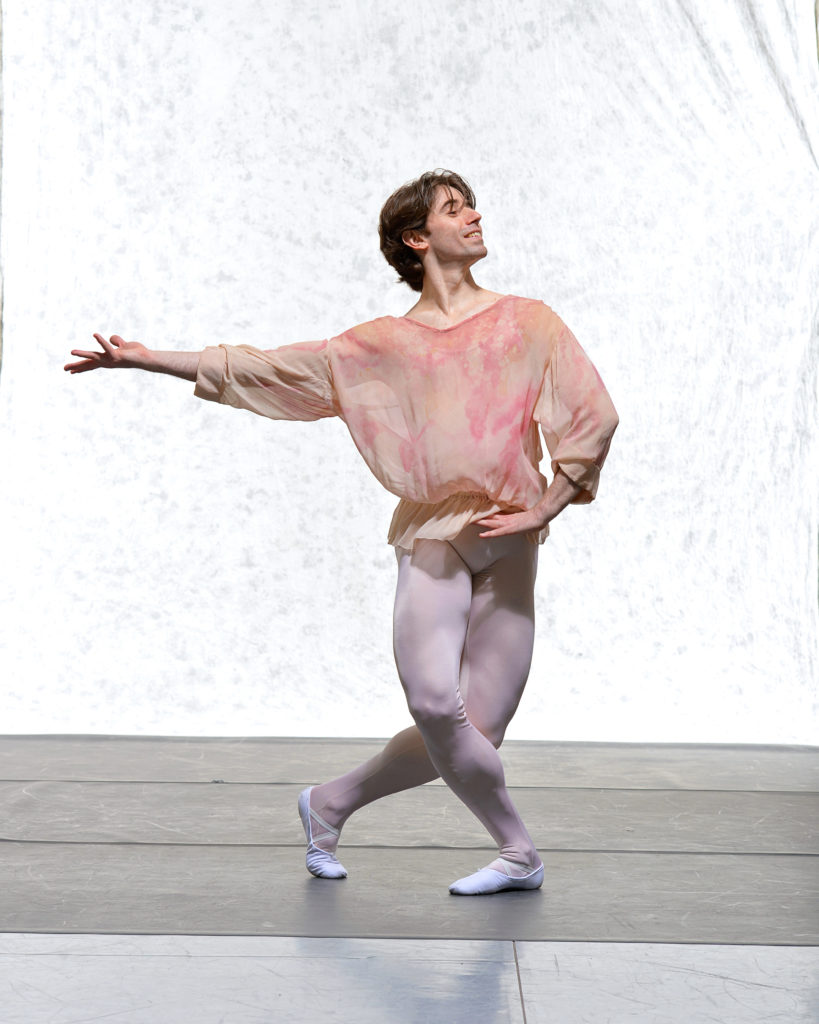The Freelance Career Tips You Need to Know
“Why isn’t anyone talking about this?”
That was my question the first year of my freelance dance career after my mom, a tax expert with over 30 years of experience doing both corporate and community taxes, guided me through organizing my finances. From technique to artistry, how to audition, and even how to prevent or nurse injuries, my training prepared me for just about everything there is to know about being a professional dancer, except sustaining the business of my career.
If you’re not employed with a performance company, congratulations––you have your own dance business. “Just by receiving a 1099, the IRS considers you as having your own business,” says Jessica Scheitler, IRS-certified tax expert and owner of Financial Groove, a full-service financial consulting, tax service and bookkeeping firm for the arts and entertainment. When you’re an independent contractor, there are a number of less-discussed responsibilities of sustaining your living. Here are a few pointers to help you approach your freelance career like the business it is.
1. Know your rate, and always sign a contract.
It’s essential for any business to both know and have a stake in the income they generate from their services. Simply put, when you accept a gig, get clarity on your rate and what it entails before you begin even one rehearsal, and be certain to get the agreement in writing. “I always negotiate,” says Cristian Laverde Koenig, a freelance dancer with, among other companies, Traverse City Dance Project who’s been a soloist and principal dancer for companies like Ballet Nacional de Cuba, Ballet Hartford, Milwaukee Ballet and Slovak National Ballet.

Jenna Marie is a former member of Complexions Contemporary Ballet, MOMIX and Ballet Hispánico who now freelances with Amy Seiwert’s Imagery, Robert Moses’ KIN, and Post:ballet. In addition to negotiating a reasonable rate, Jenna Marie, who uses she/they pronouns, recommends keeping other projects you can make time for in mind before committing to a project. “I ask if I’m being paid for rehearsals or travel, or if they’re reimbursing me for costumes, hair or commuting,” they say. “And I always have a contract.”
Also, be sure the expected payment schedule is included with your agreement. Many projects pay out after the performance. It’s important to know exactly when and how you’ll be paid, whether it’s via check immediately following the performance or an electronic payment a set time afterwards. Understand what you’re agreeing to and who to contact should you have questions or concerns.
2. Keep track of your expenses, and save for your taxes.
It’s just as important to know the dollars going out of your business as it is to know what’s coming in. Scheitler recommends keeping a record of all your varied income (performances, teaching, other side jobs) and the money you’re spending on things like shoes, dancewear, costumes, hair, makeup and classes. “If you’re spending money in that way, those are your business expenses,” she says. Find a tracking method that works best for you—Jenna Marie prefers using a spreadsheet, while Koenig consolidates his expenses on a single credit card—and hang on to your receipts in case you’re ever audited. “If your expenses are running as high as what you’re making, you may not owe any taxes,” Koenig adds. “But you have to keep track so there are no surprises.”
When you’re a freelancer, taxes aren’t automatically deducted from your income, so be prepared to pay a lump sum when tax season rolls around, or save throughout the year to set yourself up for success. Jenna Marie, whose income grew nearly 40 percent after they pivoted from being a company member to a freelance dancer, saves about 30 percent of their income in a separate account for taxes. “I’m super-conservative and end up saving more than I need to,” they say.
Consider saving a certain amount each month via auto-draft into a separate account. “Setting anything aside is going to be better than setting nothing aside,” Scheitler notes. “If you’re just starting out, then do something to start getting yourself in the habit.”
3. Don’t forget about insurance and planning for the future.
Insurance is another business responsibility to consider, especially since it’s a way to protect yourself from financial loss. Whether it’s general health insurance, liability insurance for a self-produced show, or even disability insurance for injuries, it’s surprising how much you can and potentially should get insured for. Fortunately, a simple internet search can lead you to resources for finding the coverage you need. For instance, Jenna Marie opted for health coverage through Medicaid when they first started freelancing. Scheitler notes that even health insurance premiums can be a tax write-off and suggests working with an insurance professional for tailored guidance on your specific needs.

“As your career grows,” she continues, “it becomes more about how to start planning for the future.” Setting up a separate business entity (like an LLC or C-corp), with certain tax elections, to prevent overpayment of self-employment taxes is a strategy Scheitler may discuss with clients to help them sustain or grow their business—a strategy she says in certain instances can open doors for retirement plans that aren’t as limited.
4. You can outsource business services, but commit to learning some things yourself.
“Freelancing is very hard because you have to manage the whole thing,” Koenig says. But even though it’s difficult, it’s incredibly rewarding, and you can outsource some services to stay on track. Jenna Marie opts to hire a tax expert for support with filing their taxes. The service runs upwards of $500 or more, but they saythe cost is worth not having to deal with complicated tax jargon and processes. “It’s easier for me to send it all to a professional.”
Koenig, on the other hand, prefers to handle everything himself. For other DIY-ers, he suggests searching free tax-prep websites and the health-care marketplace website for insurance options.
Whichever approach you choose, Scheitler recommends finding a way to navigate the business of your career, even if it is intimidating. “The most problematic thing I’ve seen is artists burying their heads in the sand because they’re afraid of dealing with it,” she says. As a former dancer herself, she’s able to visualize tax strategy the same way she visualizes staging movement, and she encourages dancers to find a way to engage with business strategy however feels most authentic to them, too. “Make a habit of it,” she adds. “The biggest payoff is peace of mind.”






